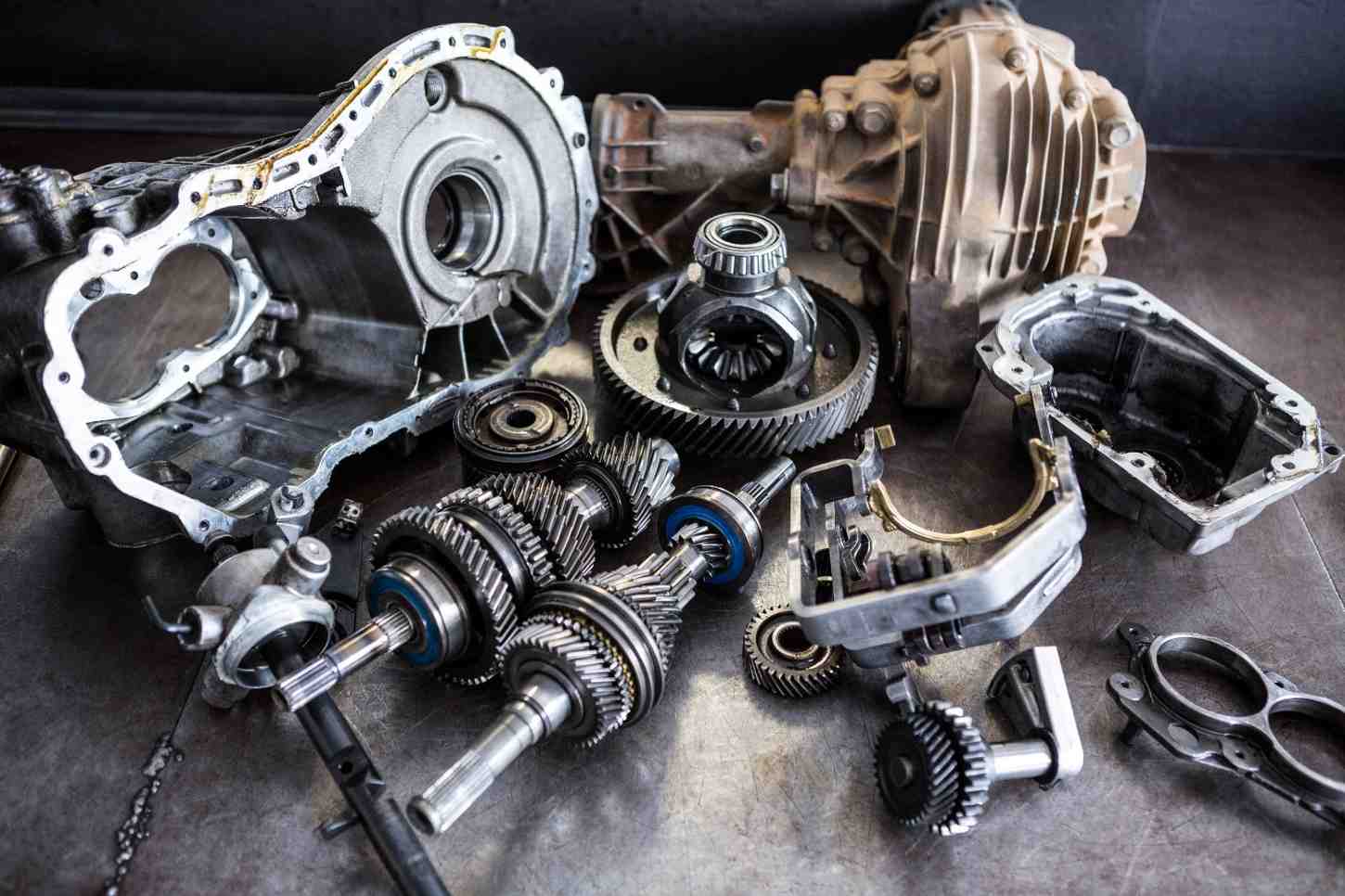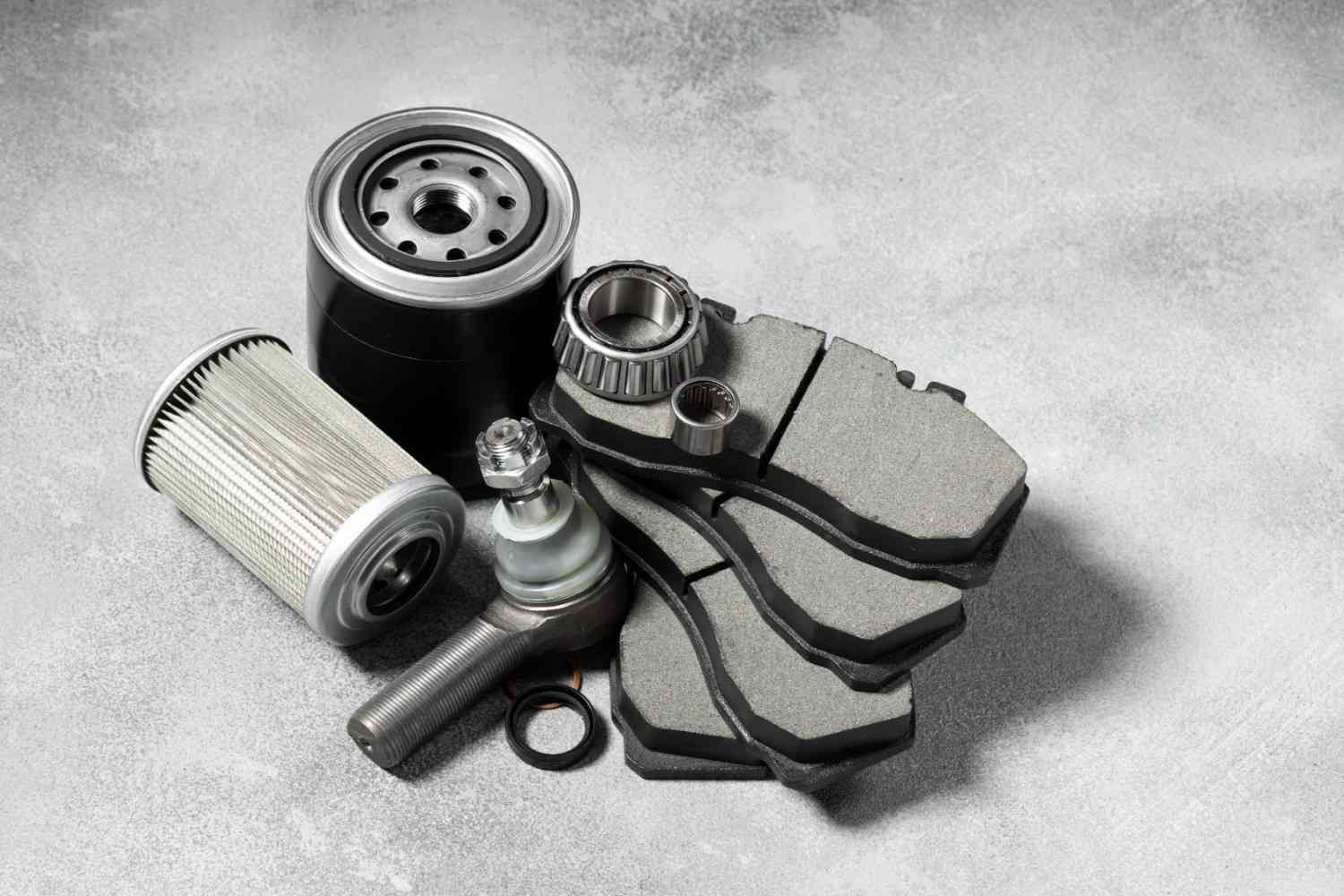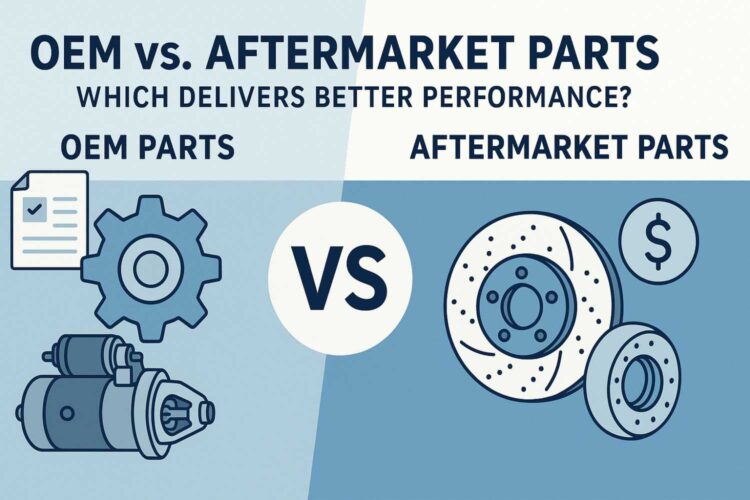Choosing between OEM and aftermarket parts is a critical decision that impacts repair costs, equipment reliability, and long-term performance. While OEM parts offer reliability, aftermarket options can provide cost savings. Understanding their differences helps you make informed choices to balance budget, safety, and operational goals, minimizing risks like downtime and system failures.
What Are OEM Parts?

Original Equipment Manufacturer parts are components produced by the same company that manufactured your equipment’s original parts. When you purchase a machine, every component comes from either the equipment manufacturer directly or from suppliers who produce parts according to the manufacturer’s exact specifications.
OEM parts offer several key advantages that make them the gold standard for many applications. First, they guarantee perfect compatibility with your existing equipment. Since these parts are designed specifically for your machine, they integrate seamlessly without requiring modifications or adaptations that could compromise performance.
Quality assurance represents another significant benefit. OEM manufacturers subject their parts to rigorous testing protocols that mirror the conditions your equipment will face. This testing ensures that each component meets the same durability and performance standards as the original parts installed during manufacturing.
The warranty protection that comes with OEM parts provides additional peace of mind. Most OEM parts include comprehensive warranties that cover both the part itself and any related damage that might occur due to part failure. This protection can save thousands of dollars in repair costs if problems arise.
Understanding Aftermarket Parts

Aftermarket parts are components manufactured by third-party companies rather than the original equipment manufacturer. These parts are designed to perform the same function as OEM components, but they may use different materials, manufacturing processes, or design specifications.
Cost-effectiveness stands as the primary advantage of aftermarket parts. Without the brand premium associated with OEM components, aftermarket alternatives often cost 20-50% less than their OEM counterparts. For businesses managing tight maintenance budgets, these savings can free up resources for other critical needs.
Aftermarket parts also offer wider availability and faster delivery times. While OEM parts may require special ordering through authorized dealers, aftermarket alternatives are often available through multiple suppliers and can be delivered more quickly. This availability advantage becomes crucial during emergency repairs where downtime costs mount rapidly.
Competition among aftermarket manufacturers has driven innovation in some sectors. Some aftermarket parts actually improve upon original designs by incorporating newer materials, enhanced manufacturing techniques, or lessons learned from field failures of OEM components.
Performance Comparison: Materials and Manufacturing
The performance gap between OEM and aftermarket parts varies significantly depending on the specific component and manufacturer. Materials science plays a crucial role in this comparison, as different manufacturers may choose alternative alloys, plastics, or composite materials to achieve cost savings or performance improvements.
Manufacturing processes create another point of differentiation. OEM parts typically follow strict quality control protocols established during the original equipment design phase. These processes include precise tolerances, specialized heat treatments, and comprehensive testing procedures that ensure consistency across production runs.
Aftermarket manufacturers face different constraints and opportunities. Some invest heavily in reverse engineering and testing to match or exceed OEM specifications. Others focus on cost reduction, which may result in parts that meet basic functional requirements but lack the durability or precision of OEM alternatives.
Testing protocols vary dramatically between manufacturers. While OEM parts undergo extensive validation testing that simulates years of real-world use, some aftermarket parts receive minimal testing beyond basic dimensional verification. This difference in testing rigor can lead to unexpected failures in demanding applications.
Cost vs. Performance Trade-offs
The relationship between cost and performance isn’t always straightforward when comparing OEM and aftermarket parts. Several factors influence whether the premium price of OEM parts delivers proportional value for your specific application.
Equipment criticality should guide your decision-making process. For mission-critical systems where failure could result in significant downtime, safety hazards, or regulatory violations, the additional cost of OEM parts often represents worthwhile insurance. The peace of mind and warranty protection justify the higher upfront investment.
Usage intensity affects part longevity and performance requirements. Equipment operating in demanding conditions, high-cycle applications, or environments with extreme temperatures, vibration, or chemical exposure typically benefits from the proven reliability of OEM components.
Real-world examples illustrate the potential consequences of poor aftermarket part selection. A manufacturing facility experienced repeated bearing failures in their conveyor system after switching to low-cost aftermarket bearings. The frequent replacements and associated downtime ultimately cost more than using OEM bearings from the start.
Conversely, many businesses successfully use aftermarket parts without performance compromises. A fleet maintenance company saved over $50,000 annually by using quality aftermarket brake components and filters while maintaining their safety standards and warranty requirements. The key was selecting reputable aftermarket suppliers with proven track records.
For specialized applications requiring custom domestic fasteners, working with established suppliers who understand both OEM specifications and aftermarket alternatives ensures optimal performance regardless of your choice.
Making the Right Choice for Your Equipment
Several factors should influence your decision between OEM and aftermarket parts. Equipment age plays a significant role, as newer equipment under warranty may require OEM parts to maintain coverage. Older equipment past its warranty period offers more flexibility in part selection.
Budget considerations extend beyond the initial part cost. Factor in potential downtime costs, labor expenses for multiple repairs, and the value of your time when evaluating options. Sometimes paying more upfront for reliable OEM parts reduces total cost of ownership.
Risk tolerance varies among organizations and applications. Conservative approaches favor OEM parts for critical systems, while cost-conscious strategies may accept higher risk in exchange for immediate savings. Develop clear criteria for when each approach makes sense within your organization.
Supplier reputation matters regardless of whether you choose OEM or aftermarket parts. Research potential suppliers’ quality certifications, customer reviews, and return policies. Established suppliers often provide technical support and application guidance that adds value beyond the part itself.
Strategic Maintenance Decisions
Successful maintenance programs often use a hybrid approach that combines OEM and aftermarket parts strategically. Critical components that affect safety, productivity, or warranty coverage typically warrant OEM parts. Less critical components with proven aftermarket alternatives can deliver cost savings without significant risk.
Document your decisions and track performance results. This data helps refine your parts selection criteria over time and identifies suppliers who consistently deliver quality products. Regular performance reviews ensure your strategy adapts to changing conditions and new supplier offerings.
Consider the total lifecycle cost when making parts decisions. While aftermarket parts may cost less initially, factor in their expected lifespan, failure rates, and associated maintenance costs. Sometimes the most expensive option delivers the best value over time.
Conclusion
Deciding between OEM and aftermarket parts depends on your budget, risk tolerance, and needs. OEM parts provide reliability and warranty protection, while aftermarket options are cheaper and more available. Consider equipment importance, usage, and costs, and work with trusted suppliers to find the right balance.




